Cricket is an illustrated literary magazine for children published in the United States, founded in September 1973 by Marianne Carus whose intent was to create "The New Yorker for children."

St. Nicholas Magazine was a popular monthly American children's magazine, founded by Scribner's in 1873. The first editor was Mary Mapes Dodge, who continued her association with the magazine until her death in 1905. Dodge published work by the country's leading writers, including Louisa May Alcott, Frances Hodgson Burnett, Mark Twain, Laura E. Richards and Joel Chandler Harris. Many famous writers were first published in St. Nicholas League, a department that offered awards and cash prizes to the best work submitted by its juvenile readers. Edna St. Vincent Millay, F. Scott Fitzgerald, E. B. White, and Stephen Vincent Benét were all St. Nicholas League winners.

Mary Elizabeth Mapes Dodge was an American children's author and editor, best known for her novel Hans Brinker. She was the recognized leader in juvenile literature for almost a third of the nineteenth century.

Harriett Lothrop was an American author also known by her pseudonym Margaret Sidney. In addition to writing popular children's stories, she ran her husband Daniel Lothrop's publishing company after his death. After they bought The Wayside country house, they worked hard to make it a center of literary life.

Anne Carroll Moore was an American educator, writer and advocate for children's libraries.
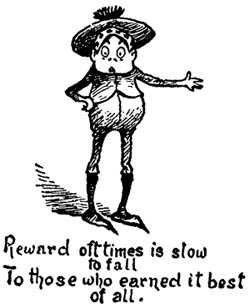
The Brownies is a series of publications by Canadian illustrator and author Palmer Cox, based on names and elements from English traditional mythology and Scottish stories told to Cox by his grandmother. Illustrations with verse aimed at children, The Brownies was published in magazines and books during the late 19th century and early 20th century. The Brownie characters became famous in their day, and were the first North American comic characters to be internationally merchandised.

Elbridge Streeter Brooks was an American author, editor, and critic. He is chiefly remembered as an author of numerous works of fiction and nonfiction for children, much of it on historical or patriotic subjects. His byline for most of his writing was Elbridge S. Brooks.
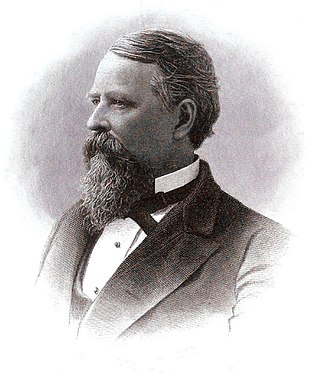
Daniel Lothrop was an American publisher.
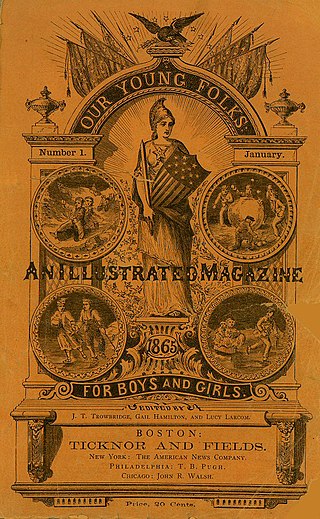
Our Young Folks: An Illustrated Magazine for Boys and Girls was a monthly United States children’s magazine, published between January 1865 and December 1873. It was printed in Boston by Ticknor and Fields from 1865 to 1868, and then by James R. Osgood & Co. from 1869 to 1873. The magazine published works by Lucretia Peabody Hale, Harriet Beecher Stowe, Horatio Alger, Oliver Optic, Louisa May Alcott, Thomas Bailey Aldrich, John Greenleaf Whittier, Henry Wadsworth Longfellow and Frances Matilda Abbott.

The North American Review(NAR) was the first literary magazine in the United States. It was founded in Boston in 1815 by journalist Nathan Hale and others. It was published continuously until 1940, after which it was inactive until revived at Cornell College in Iowa under Robert Dana in 1964. Since 1968, the University of Northern Iowa in Cedar Falls has been home to the publication. Nineteenth-century archives are freely available via Cornell University's Making of America.
Eliza Anna Farman Pratt (1837–1907) was an American writer of children's literature, best known for editing Wide Awake magazine for 16 years, starting in 1875.

Clara Doty Bates was a 19th-century American author who published a number of volumes of poetry and juvenile literature. Many of these works were illustrated, the designs being furnished by her sister. Her work was published in St. Nicholas Magazine, The Youth's Companion, Golden Days for Boys and Girls, Wide Awake, Godey's Lady's Book, and Peterson's Magazine. During the World's Columbian Exposition, she had charge of the Children's Building. Bates died in 1895.

Emma L. Shaw, an American Nonconformist, was a tailor and a farmer before becoming a juvenile literature book editor and associate editor of Good Health in Battle Creek, Michigan. In about 1870, Shaw began her literary work in Michigan. With her friend, Ella Farman, Shaw purchased a small farm near Battle Creek and here, for several years, Farman wrote juvenile books that were edited by Shaw, and published by D. Lothrop & Co. In 1875, Shaw and Farman began editing Wide Awake in their sitting-room. The growing needs of this periodical caused the editors to move to Boston, but Shaw soon returned to Michigan and became a charter member of the Michigan Woman's Press Association. She worked on several journals published by the Good Health Publishing Company of Battle Creek, where she was an editor for many years.
Amanda Bartlett Harris was an American author and literary critic best known for her work in children's, educational, and nature literature.

Charles Stuart Pratt (1854–1921), who sometimes wrote under the pen names of C. P. Stewart and C. P. Stuart, was an American writer of children's literature, best known for being the art editor of Wide Awake magazine for 16 years, starting in 1875. He edited children’s magazines for 30 years, and for most of that time he worked with his wife, Ella Farman Pratt.
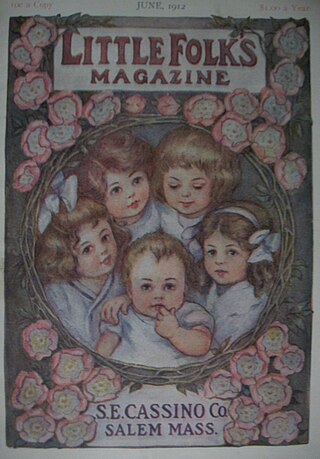
Little Folks was a monthly United States children's magazine for young readers from three to twelve years-old. It was founded by publisher Samuel E. Cassino, and was published between November 1897 and 1926 – originally in Boston, but was later relocated to Salem, Massachusetts.
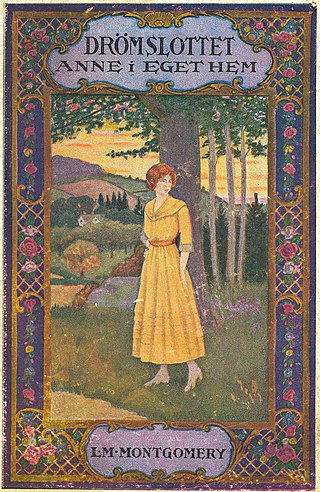
Maria Louise Kirk, usually credited as M. L. Kirk or Maria L. Kirk, was an American painter and illustrator of more than fifty books, most of them for children.

Elizabeth Bullock Humphrey, also credited as Lizbeth, Lizzie, or L. B. Humphrey, was an American illustrator active in the 19th century. Humphrey and other women from Cooper Union are considered some of the first women to receive recognition as illustrators in the United States.
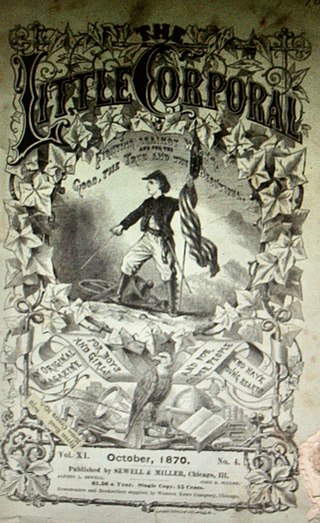
The Little Corporal was a monthly children’s magazine published in Chicago Illinois from 1865 to 1875 and became the first children's periodical in the United States to gain a nation-wide readership. The magazine had a strong emphasis on patriotism and had the motto "Fighting against Wrong, and for the Good and the True and the Beautiful."

Elizabeth Cumings Pierce was an American author. She published stories and books for children under her maiden name, Elizabeth Cumings. She also published a series of humorous stories about ministerial life as the Rev. Uriah Xerxes Buttles, D.D.

















